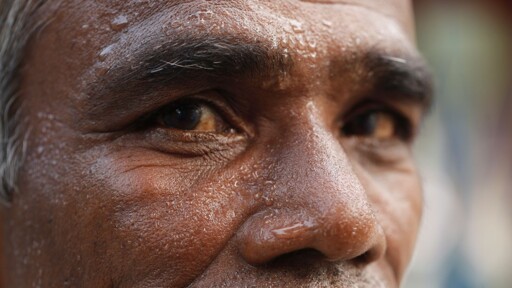cross-posted from: https://slrpnk.net/post/20737457
In the summer of 2023, a dozen people willingly walked into a steel chamber at the University of Ottawa designed to test the limits of human survival. Outfitted with heart rate monitors and temperature probes, they waited in temperatures of 42 degrees Celsius, or 107 degrees Fahrenheit, while the humidity steadily climbed, coating their bodies in sweat and condensation. After several hours, their internal body temperatures began ratcheting upward, as the heat cooked them from the outside in.
“Few people on the planet have actually experienced temperatures like this,” said Robert Meade, a postdoctoral researcher in epidemiology at the Harvard School of Public Health who led the study. “Imagine moisture condensing on the skin like a glass of water on a hot day. That’s how hot it was, compared to skin temperature.”
Their experiment tested the body’s ability to cope with extreme heat by exposing participants to temperatures at which they could no longer cool themselves. Their study confirmed that this dangerous threshold is much lower than scientists had previously thought: a so-called wet-bulb temperature, which accounts for heat and humidity, of 26 to 31 degrees C.



You don’t have to live in the third world to lack access to A/C either. Just being poor is enough in some places, and other places, even if they could afford it, may not have ever thought of it that now will. The American Northwest had that stint of temperatures a few years back that were causing all sorts of trouble, and part of the issue was people who had only heating because it wasn’t normal to get that hot.